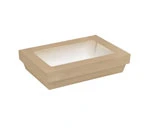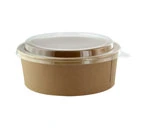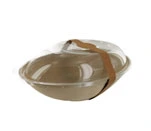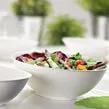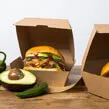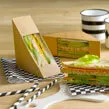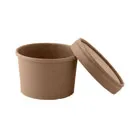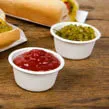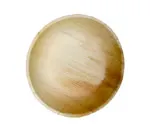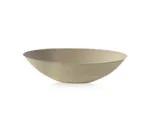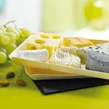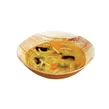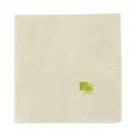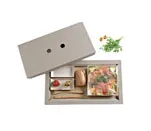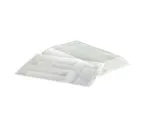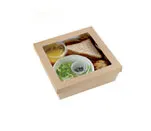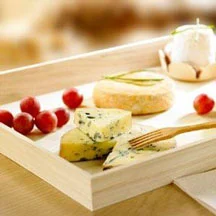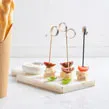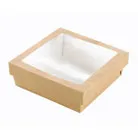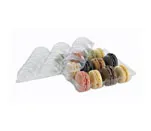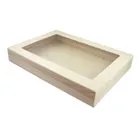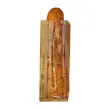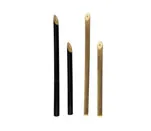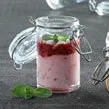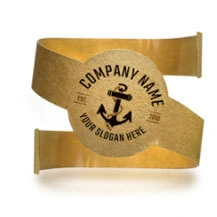Comparing CPLA vs. PLA
Posted by Melanie Green on Apr 14th 2020
The race to find the best alternative materials for eco-friendly restaurant supplies continues, and direct competitors for traditional plastics are becoming increasingly popular. Two of the most popular options are PLA (polylactic acid) and CPLA (crystallized polylactic acid). Both have properties that make them a better choice for the environment than traditional plastic but give them performance specifications that are just as good as traditional plastic. Here is a look at the differences between CPLA and PLA.
PLA (Polylactic Acid)
PLA (Polylactic Acid) is a synthetic alternative to traditional plastics. Unlike traditional plastic, PLA is made from starch derived from renewable resources like sugarcane. Although it is produced in a lab, PLA is significantly better for the environment than traditional plastic. It is biodegradable, which means that it will naturally break down over time when you dispose of it. It does not contain harmful chemicals that will leach into the soil as it breaks down, preventing long-term damage to plants and animals.
PLA is also compostable so that it can be used to create compost for enriching soil. While it is not recyclable, it can be disposed of in a way that still makes it useful. Since it is made out of natural sugarcane starch, PLA can impart nutrients to the soil, making it a viable component in growing food for the foodservice industry.
CPLA (Crystalized Polylactic Acid)
Crystallized Polylactic Acid, more commonly referred to as CPLA, is a crystallized version of PLA. Crystallizing PLA gives its fibers a much stronger structure. Because of this, CPLA is just a stronger version of PLA. It is used in applications where a less flexible material is needed, such as trays and large cutlery.
Although it is crystallized, CPLA has the same environmentally friendly properties as PLA. It is biodegradable and will break down when disposed of without hurting the environment. Home gardeners can also use it as composting material to enrich their compost and improve their gardens.
Which One to Use?
Choosing between CPLA and PLA depends on the size and strength of the restaurant supplies you need. In most cases, PLA will be strong enough for your purposes. PLA is often used to create windows in windowed containers like our Kraft Paper Baguette Bag with PLA Window. It is also used to make cutlery since it has many of the properties of traditional plastic. You could very likely switch your restaurant’s traditional plastic utensils with PLA utensils without any of your customers realizing it.
In situations where you need larger restaurant supplies with a more rigid structure, CPLA is the better choice. This includes large utensils, such as tablespoons or serving spoons. CPLA can also be used to make large trays for catering services. In many cases, both options are used to make lids for eco-friendly food containers.
Ready For a Change?
CPLA and PLA containers both offer benefits for the environment. For the best CPLA and PLA restaurant supplies available, call PacknWood at (201) 604-3840 or send us a message through our 24-hour chat service. We can help you find the eco-friendly restaurant supplies that you need for your restaurant.

